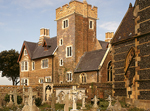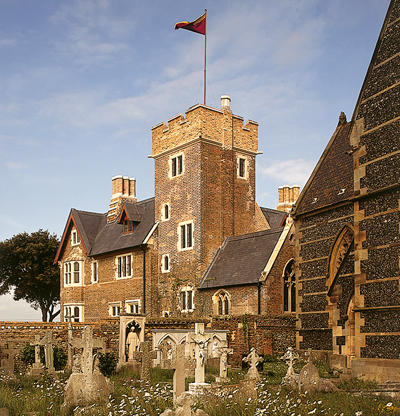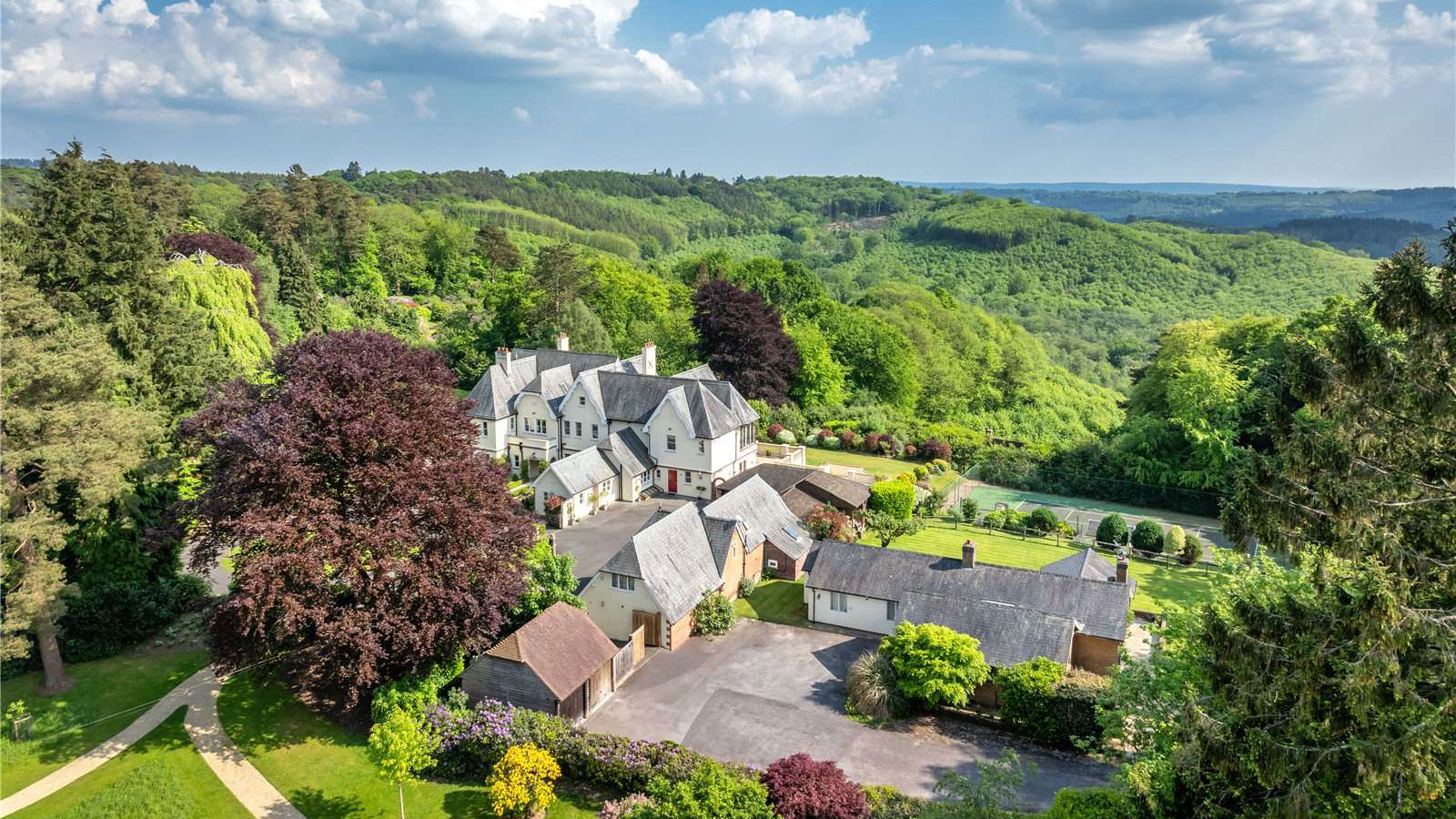Great British Architects: A.W.N Pugin
Pugin set 19th century architecture on a new course, enabling subsequent architects to despise the taste and outlook of their contemporaries


Augustus Welby Northmore Pugin was a zealot. There had been monomaniacs in architecture before, arguing over the rival claims of Greece and Rome as the correct model for neo-Classicism, for example. But Robert Adam and James ‘Athenian’ Stuart had confined their publicly expressed opinions to matters of style. Pugin wanted to change how his generation went about life. After him, architects would feel free to despise the taste and outlook of their contemporaries, with the sort of arrogance bemoaned by Prince Charles.
In Pugin’s case, recalcitrance was part of the man’s DNA. It gave him the grit to set 19th-century architecture on a new course. He turned the Gothic Revival into a moral crusade, and changed the face of Victorian Britain as a result.

Achievement
Shortly before his death aged 41, Pugin’s doctor told him he had packed the work of 100 years into his lifetime. He had designed scenery for London theatres. He had gone to sea and been shipwrecked. He had bought and sold Gothic antiquities, brought home from the Continent in his lugger The Caroline. He had written and published several books, championing Gothic as the only possible architecture for a Christian country.
Standing at his drawing desk in his house, The Grange at Ramsgate, without, for the most part, any assistant, he had produced the tsunami of decorative detail that washed bold Gothic pattern into every corner of the Houses of Parliament statues, desks, ceiling bosses, lamps, wallpaper, thrones and inkwells. He had designed country houses for Catholic gentry and churches for Catholic worship. He had built and fitted out a church at his own expense, as part of an envisioned Catholic community based on The Grange.
All of which had been achieved against a background of money worries and personal tragedy, including the death of two wives and the mental deterioration that led him to die insane. Bullish, long-haired, apt to offend conventionally minded contemporaries by his rough clothes and eccentric absence of whisker, Pugin was, by any standards, an extraordinary man.
Career
Sign up for the Country Life Newsletter
Exquisite houses, the beauty of Nature, and how to get the most from your life, straight to your inbox.
Born in 1812, Pugin was the son of a French emigré. In London, Auguste Pugin, who did not correct the mistaken impression that he was a French count, found work as an illustrator. There was no money for formal school, but the young Pugin learnt draftsmanship from his father, helping him draw the architectural details in Specimens of Gothic Architecture from the age of 14.
Specimens cleverly took advantage of the growing appetite for the Gothic style, until then constrained by a lack of accurate source material. Soon, he had the job of designing Gothic furniture for Windsor Castle. It was a lot to expect of a 15 year old; in Notre Dame Cathedral in Paris, he collapsed from overwork.
In his early twenties, Pugin converted to Roman Catholicism. This provided a direct link with what he regarded as the great Age of Faith before the Dissolution of the Monasteries, a time (as he saw it) when charity for the poor had gone hand in hand with sumptuous ritual and soaring architecture. However, it cut him off from the obvious source of rich commissions for a Gothic Revival architect the Church of England, which was just then turning its attention to the dilapidated state of its buildings. Contrasts
His book Contrasts; or, A Parallel Between the Noble Edifices of the Fourteenth and Fifteenth Centuries, and Similar Buildings of the Present Day… explained the degeneracy of architecture in Britain by its want of ‘Catholic feeling’, excoriating Classicism as a pagan style. His first major work was to design Scarisbrick Hall for Charles Scaris-brick, a rich Catholic gentleman who wanted a setting for the Gothic carving he collected. Pugin worked on more than 40 churches, often on squeezed budgets, although achiev-ing a union of decoration and architecture at St Chad’s, Birmingham, St Giles’ Cheadle and his own St Augustine’s, Ramsgate (pictured).
Country Life is unlike any other magazine: the only glossy weekly on the newsstand and the only magazine that has been guest-edited by HRH The King not once, but twice. It is a celebration of modern rural life and all its diverse joys and pleasures — that was first published in Queen Victoria's Diamond Jubilee year. Our eclectic mixture of witty and informative content — from the most up-to-date property news and commentary and a coveted glimpse inside some of the UK's best houses and gardens, to gardening, the arts and interior design, written by experts in their field — still cannot be found in print or online, anywhere else.
-
 Six rural properties with space, charm and endless views, as seen in Country Life
Six rural properties with space, charm and endless views, as seen in Country LifeWe take a look at some of the best houses to come to the market via Country Life in the past week.
By Toby Keel
-
 Exploring the countryside is essential for our wellbeing, but Right to Roam is going backwards
Exploring the countryside is essential for our wellbeing, but Right to Roam is going backwardsCampaigners in England often point to Scotland as an example of how brilliantly Right to Roam works, but it's not all it's cracked up to be, says Patrick Galbraith.
By Patrick Galbraith